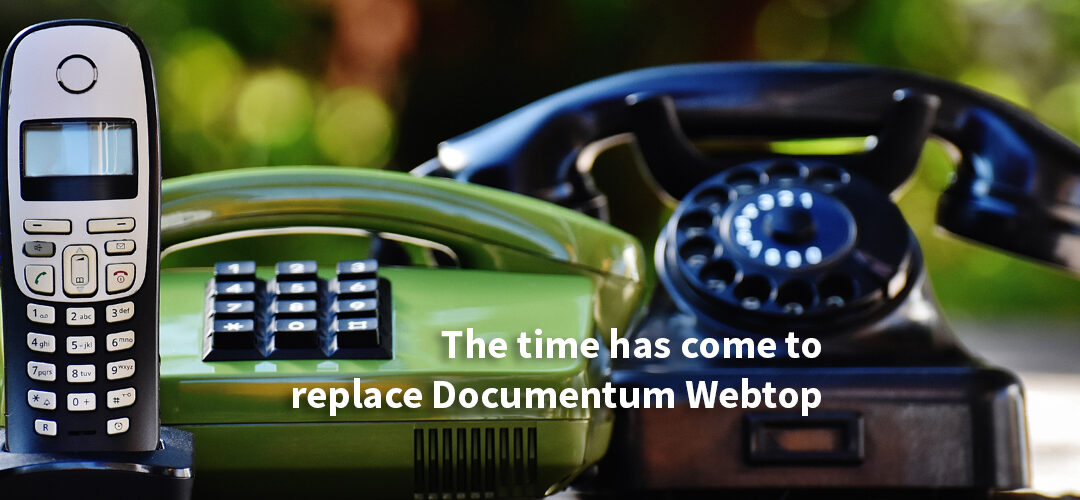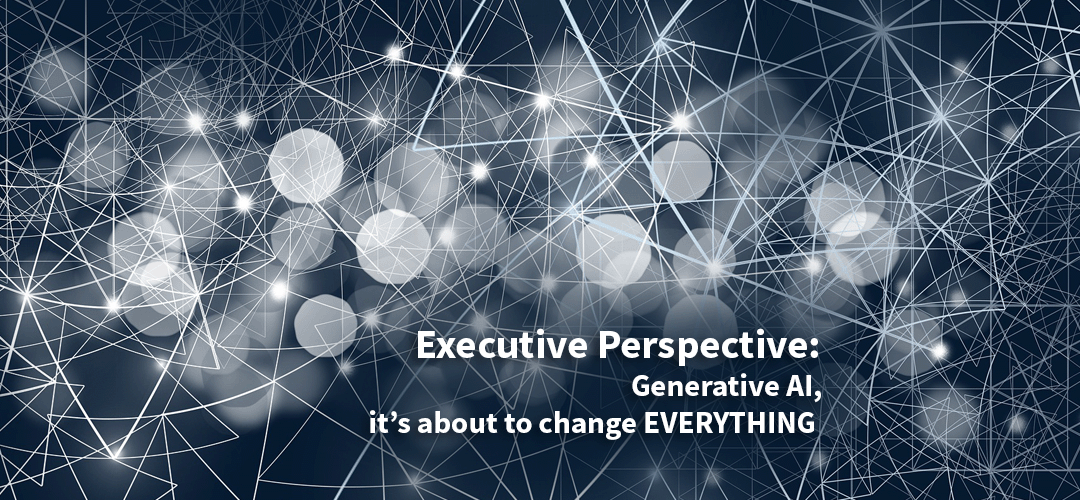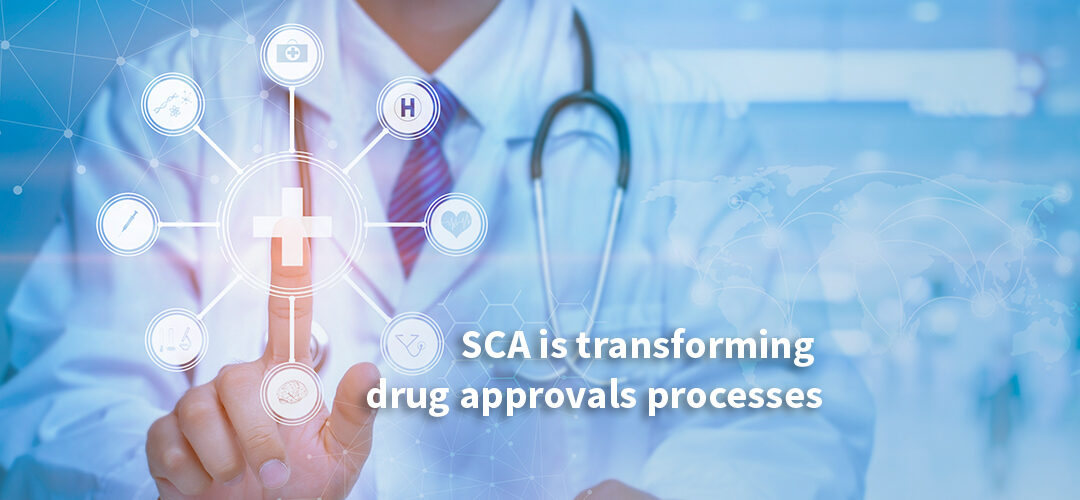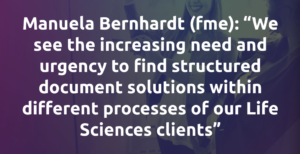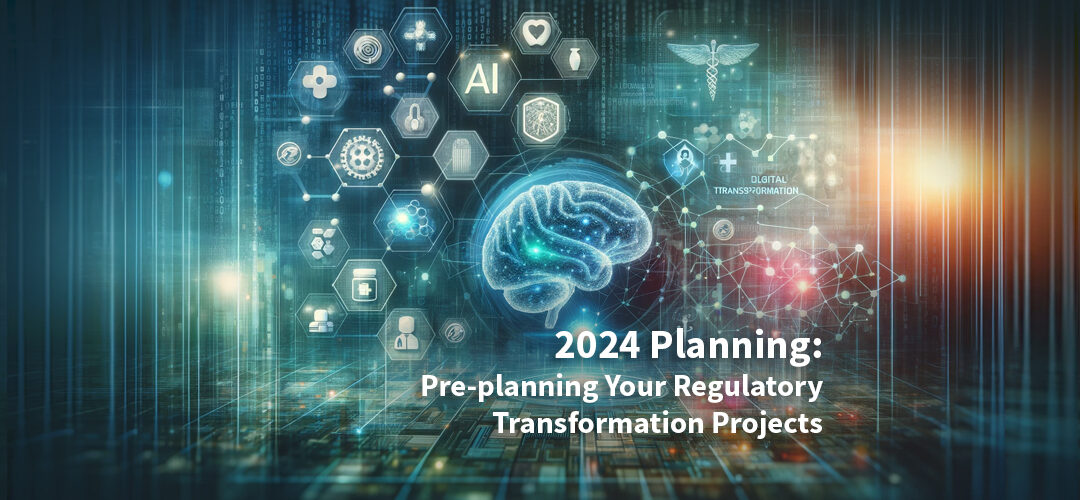
Pre-plan Your Regulatory Transformation Projects for 2024
From building a realistic AI roadmap to making better choices about technology partners and broadening the impact of RIM systems, fme’s consulting approach and specialist data services can help pharma, biotech, and medical devices companies maximize investment into their digital transformation journey – both now and in the future.
It can be hard to effectively prioritize an ambitious digital transformation journey when external requirements and technology-based systems keep evolving. In a Life Sciences Regulatory context, those moveable parameters include changes dictated by compliance with IDMP data standards, or unique device identification (UDI) in the case of medical device manufacturers. Other influences might take the form of company mergers or acquisitions that require system consolidation or data harmonization, taking advantage of the continuous changes in evolving technology, or new opportunities to transform processes linked to the Regulatory functionality.
To successfully prioritize next steps and set realistic budgets that align with business goals, it’s important to consider the overall digitalization and transformation company roadmap.
We suggest reviewing these 3 considerations in particular when firming up plans for 2024.
Your roadmap for AI
Everyone is talking about artificial intelligence (AI) and machine learning (ML) as the technology becomes more advanced and accessible for mainstream day to day use. Certainly, it carries enormous potential to save time and drive new process efficiency, consistency, and repeatability. But there are use cases that lend themselves to AI/ML-based transformation, and others that do not, and it’s important to have a clear understanding of both the opportunities and the potential risks.
For instance, Generative AI (assistants like ChatGPT) could be ideal for drawing up job descriptions, summarizing recent achievements for a report or blog article, and/or improving communication across your organization (e.g. keeping everybody up to speed with the progress of a Regulatory Information Management implementation project). But such tools could incur substantial risk if used to generate patient information leaflets.
fme’s technology and content specialists can help you develop an appropriate strategy for your AI journey. Also, we can help you evaluate the current technology landscape – e.g. Regulatory Information Management (RIM) providers or other content management providers.
Get more out of your RIM system
Investing in a RIM system is a strategic move for organizations, with its significance extending beyond the immediate regulatory function. The true value of RIM platforms emerges when they transcend mere content collation and agency submission management.
The potency and transformative impact of a RIM platform become apparent when it delivers rich and comprehensive knowledge, making it accessible across the entire organization. When Regulatory, Quality, and Safety information is holistically stored and managed, strategic teams gain the ability to construct a nuanced understanding of market trends, identify adverse events, and pinpoint gaps in market coverage.
Elevating visibility beyond individual silos is a game-changer, providing C-level executives with a holistic view of organizational dynamics. This comprehensive perspective empowers executives to make informed decisions swiftly, expediting the process of bringing products to market.
Realizing the broader benefits of a RIM platform necessitates the formulation of a clear yet flexible digitization roadmap. Building on a sound data ‘bedrock’ is critical, establishing the right infrastructure and software platform to support smart, digitized information use and process efficiency. This foundation enables strategic compliance with evolving regulations and creates room for targeted adoption of AI and other technological advancements, ensuring the system’s relevance and value for at least the next five years.
Whether the strategic goal involves improved high-level decision support or leveraging Generative AI for routine, low-risk content creation, trust is paramount. Professionals must have confidence in the validity, quality, currency, completeness, and consistency of the information harnessed from the RIM system to effectively drive organizational goals.
Understand what you need from your RIM system and technology partner
Every RIM and content management solution, and technology partner, has its own features and benefits, and selecting the right fit will depend on the size and complexity of your organization as well as your future business goals.
Consider the following: As a pharma company, you don’t produce all the chemicals and machinery that go into the production of a drug. You select and assemble the best components to produce and deliver your product in the most cost-effective way. It’s the same for your technology solutions and partners. Should you expect a single vendor to provide a complete end-to-end solution that amazingly fits your unique needs when procuring a technology platform? No. It’s far more effective to define your requirements, and find technology and partners with their own capabilities, strengths, and experience that aligns with your needs, and all the vendors to concentrate on delivering a solution that is compliant with all regulatory requirements. Your technology vendor shouldn’t have to provide data assessment and migration services, a unique set of skills that are available from skilled specialists.
It’s critical to evaluate potential new technology and partners and understand what qualities you need in the full scope of the project including initial business process and data analysis, implementation and integration, data migration, and post-implementation support. Many decision-makers are swayed by a vendor that appears to offer a full end-to-end solution and services that seem to be packaged with all the associated services. But if those services are all designed around that company’s own product, how can they be sure they’re getting unbiased advice for a futureproof investment? That is an exceptional level of trust for such a large and business critical investment.
Instead of choosing a platform provider based on the promise of an end-to-end service, strategic companies choose knowledgeable and certified technology partners that are 100% focused on their unique business challenges and vision.
As an independent service provider, fme doesn’t have a vested interest in recommending any particular RIM or content management vendor or platform. fme’s consultative approach, specialist data services, and proven tools are designed to optimize the selection, delivery, and output of the system of choice. With proven strategies, fme helps companies navigate the complex minefield of vendors and technology options. Not only do we clarify and define your unique requirements, we have extensive experience with all the leading RIM platforms, along with deep insights into where these fit best relative to the type and size of the organization and its specific priorities. We help companies select and implement solutions that fit their needs in the short- and long-term, solving today’s challenges, manage and maintain those solutions as they grow, and establish a pathway for continual improvement as technology evolves.
Conclusion
Whatever your digitization objectives, fme’s business, technology, and content experts can help you assess and maximize the ROI of your plans. Whether you are planning a stand-alone project or incorporating an initiative within the context of other ongoing projects, fme can help you align your business strategy, technology, and priorities with your available resources, as well as platform vendors’ respective product roadmaps.
To discuss or analyze a current RIM project or transformation requirement, contact us. We’d love to learn your challenges and provide an independent perspective designed to amplify your business success.
 fme AG
fme AG fme SRL
fme SRL

